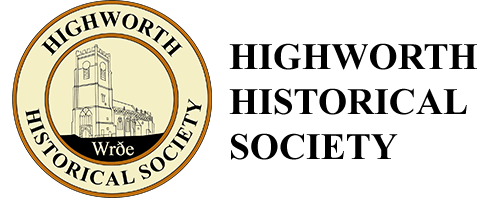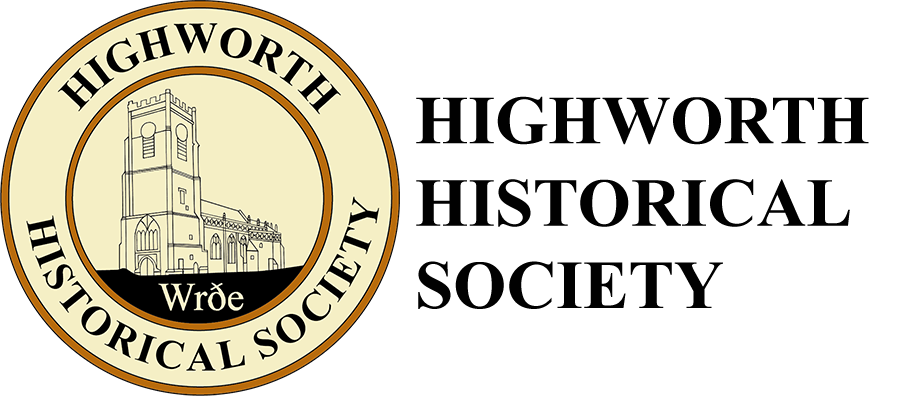Despite a brief resurrection the market was struggling for survival some fifteen years later. The opening of the Swindon and Highworth Light Railway in 1883, which it had been hoped would be beneficial to the market, proved to be of very little help. Swindon market gained at the expense of Highworth as it took customers into Swindon for the market and shopping there. The two fairs had also moved from being places of business to more of a pleasure fair.
Alfred Williams, writing in 1914, describes the Highworth Michaelmas Fairs of his youth, around 1884, thus; ‘the whole of the principal streets were packed with booths and shows, swings roundabouts, and other means of amusement; you could scarcely move for the crowds of people’. By 1913 he found that ‘There is very little hiring done nowadays in this locality; the farmers generally advertise in the newspapers, or meet with the men on market-days, and make the necessary arrangements; and as for the fair, that is very nearly at an end. Happening to be in the town one evening a year ago, and seeing a small crowd of people in the market-place, I asked the meaning of it, and was told, very unceremoniously, that it was “Highworth Fair”, but it was very unlike that I had attended when a boy with my mother’.
There appears to have been a slight increase in trade during the period of the First World War. During the February of 1923 the market was held under threat of foot and mouth disease. The following February the market was moved from the 3rd to the 2nd Wednesday of each month in an attempt to avoid clashing with other local events. Unfortunately, foot and mouth led to the March market being closed in that year.
During the last four months of 1925 things picked up and the market was well attended but in 1926 it appears that only two markets were held, the first on the 10th February and the second on the 8th September. It is doubtful that the market continued beyond that date. The final straw was almost certainly an outbreak of foot and mouth disease at the beginning of December that year which spread over north-east Wiltshire and into west Berkshire. Livestock movement was prohibited in the area and the already weak market failed to survive this last setback.
The annual pleasure fairs continued to be held. In 1970 the market place was sold to Highworth Rural District Council. There was a movement in 1980 to revive the market and a petition in support of this was organised by Councillor Mrs Haines which was signed by some 500 people. It was to be a street market held on a Saturday. On Saturday 30th May, 1981 the Highworth Street Market was opened heralding in another era in the long history of Highworth’s markets and fairs.


